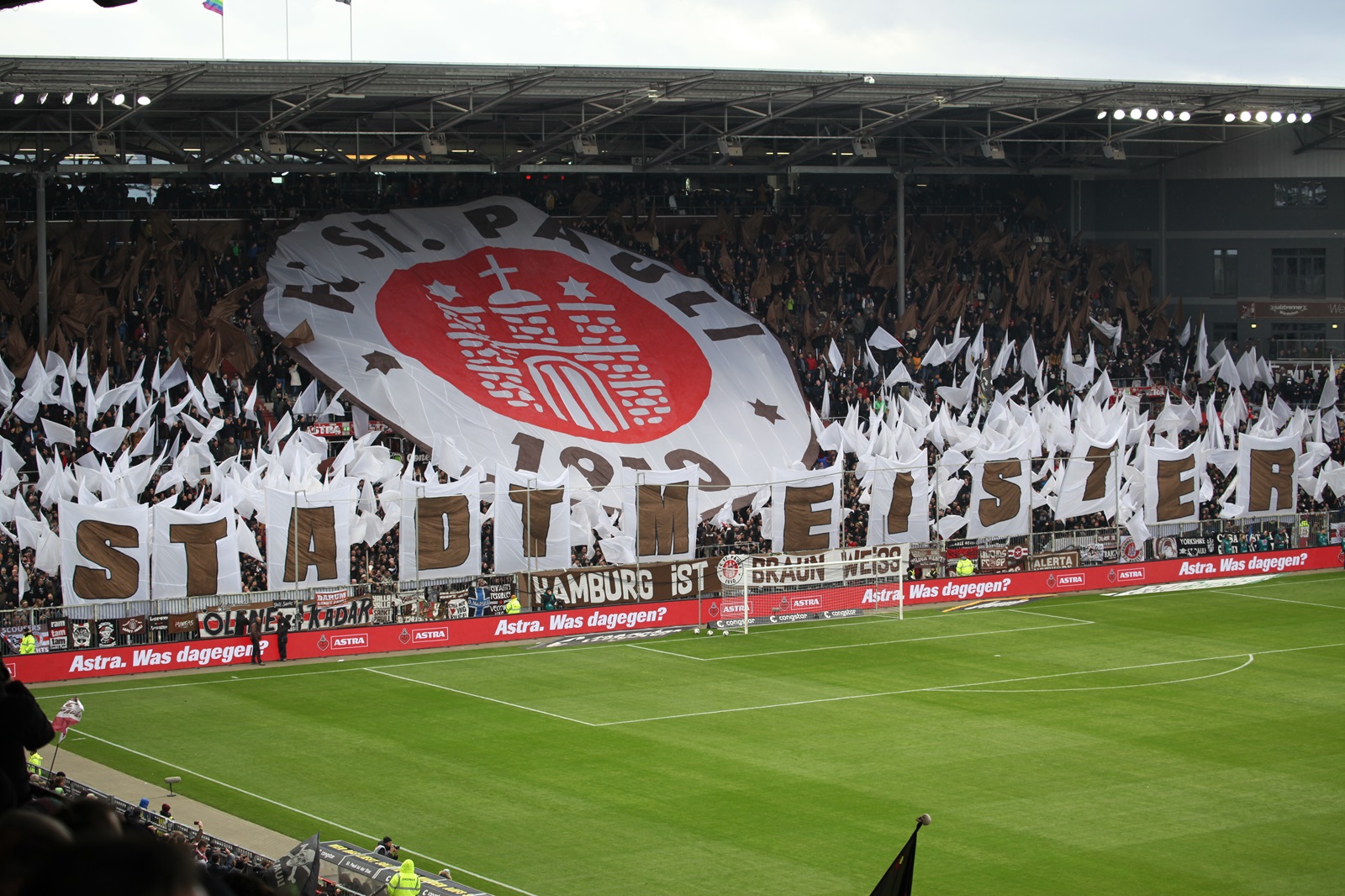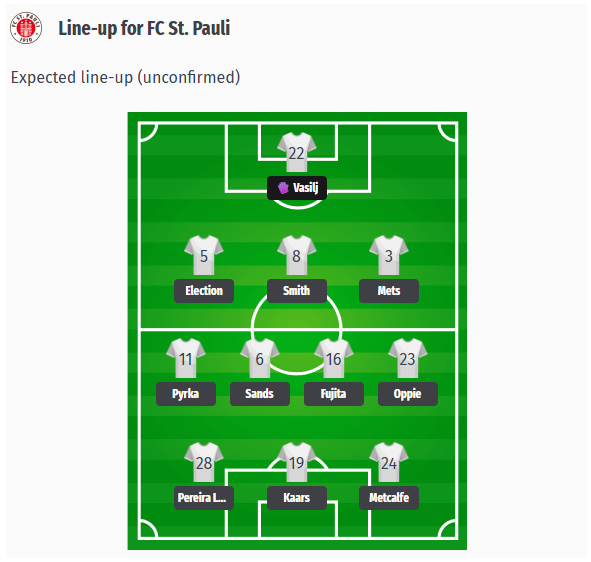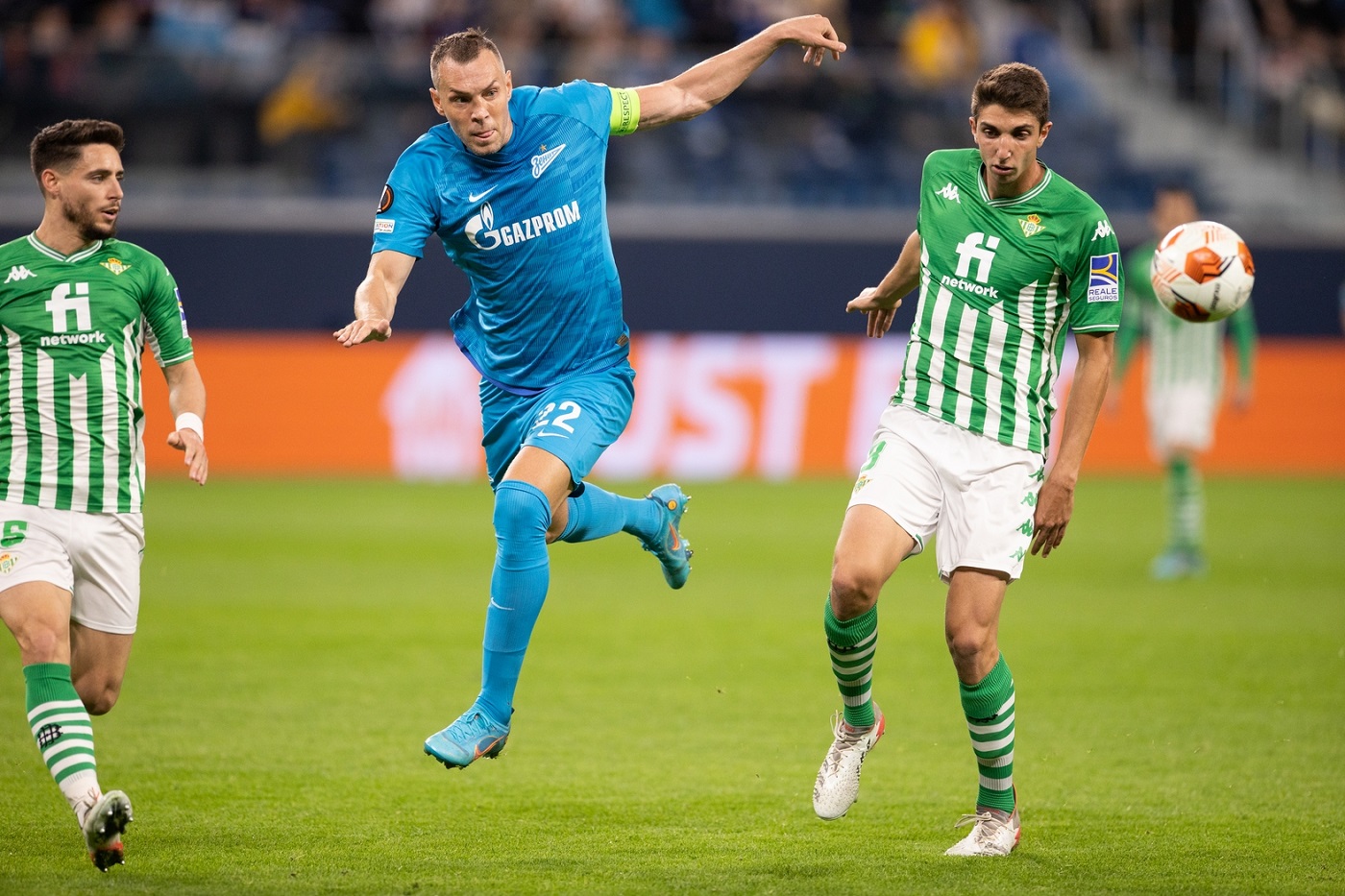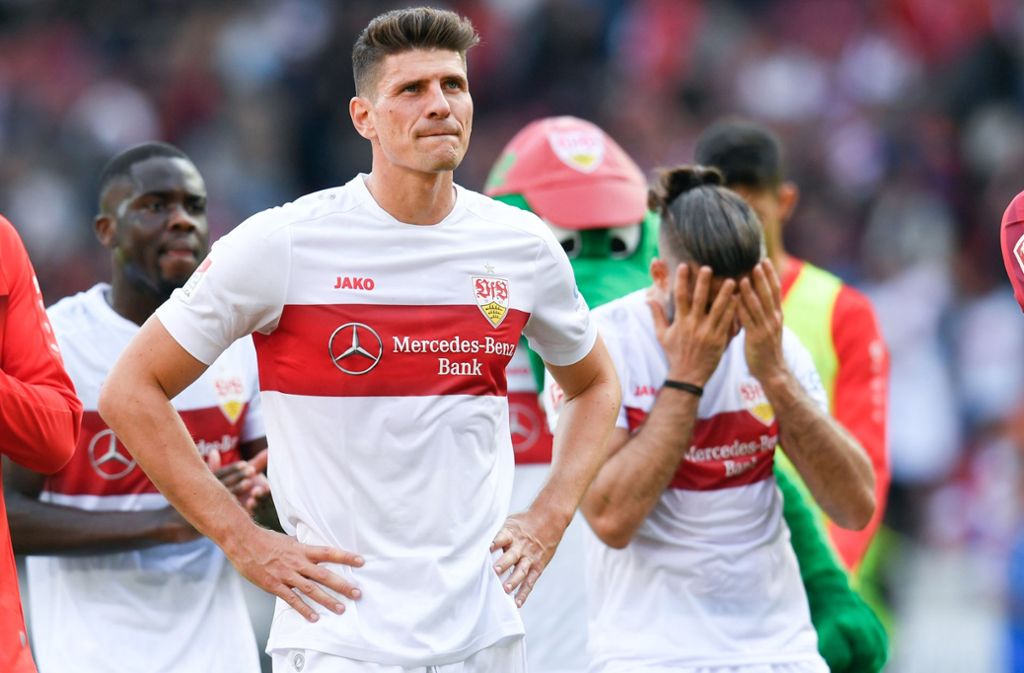

Seven consecutive competitive defeats have put FC St. Pauli in a precarious position, and now they face 1. FC Union Berlin, an opponent that has been inconsistent recently but appears more solid overall. On Sunday afternoon, the crisis-stricken club, currently 16th in the table and just one point above the relegation zone, will face Union, who are 11th and five points ahead. The visitors are in mixed but not disastrous form, with two draws and two defeats in their last five league games.
St. Pauli’s main problem area remains their offense, with the Kiezkickers needing an unusually high number of shots to score a goal. New signing Kaars, who was brought in as a source of hope, is still waiting for his first goal in a St. Pauli jersey, putting coach Alexander Blessin under enormous pressure. Union and Steffen Baumgart, on the other hand, can build on their 2-2 draw against FC Bayern, in which Doekhi stood out with a brace.
A look at the recent history of this duel is also interesting. In January, St. Pauli won the last meeting 3-0, while Union had previously prevailed 1-0 in August. The encounters are often high-scoring, with at least three goals scored in four of the last five games and no draws during this period. St. Pauli hopes to use the positive memories of their recent home win to stop their losing streak. The decisive factors will be Blessin’s efficiency in front of goal and possible tactical adjustments, and Union’s ability to defend compactly and play on the counterattack. Added to this is the mental state of both teams, especially the hosts, for whom another poor result would mean a new negative record. Union seem slightly more consistent and could be slight favorites, but Berlin’s recent clear home defeat and St. Pauli’s urgent need for a breakthrough mean that the game appears to be wide open. In the end, the Kiezkickers’ ability to convert chances and their nerves of steel are likely to be decisive.
- Venue: Millerntor Stadium, Hamburg
- Date and time: November 23, 2025, 5:30 p.m.
- Competition: Bundesliga (Matchday 11)
Recommendation: A double chance bet on Union Berlin, i.e. Union wins or draws, seems sensible here, as Union should take at least one point from Hamburg.
Although St. Pauli is the slight favorite with the bookmakers at odds of around 2.5, Union’s form and circumstances clearly favor them. St. Pauli has lost seven Bundesliga games in a row and is in the midst of a historic losing streak, while Union is unbeaten in its last three games and most recently held its own with a 2-2 draw against FC Bayern.
Other factors support this trend. Defensively, St. Pauli is weakened by the absences of Nemeth, Dzwigala, and Saliakas, while offensively, the team around the still goalless Kaars has scored very few goals despite numerous attempts. Union has presented itself with a comparatively solid defense away from home, which makes a draw or an away point seem plausible.
From a value perspective, the double chance option is interesting, with an away win for Union valued at around 2.9 and a draw at around 3.3.
St. Pauli form & record check
The situation at St. Pauli is clear: seven Bundesliga defeats in a row, 16th place in the table with only seven points, and repeated slumps after the break. In the last five games, the team has conceded goals in the second half in each case. The offense is not delivering enough, top striker Kaars is still waiting for his first competitive goal, and Ceesay has not yet scored for the club either. To make matters worse, there are several absences in defense, with Nemeth, Dzwigala, and Saliakas unavailable.
There are three main reasons for this. Firstly, the defense shows clear weaknesses after half-time, possibly due to a lack of fitness, unfortunate tactical changes or a lack of mental stability after the break. Secondly, personnel shortages due to injuries and suspensions are leading to a lack of quality and coordination in defense. Thirdly, the offense is in a clear crisis, with poor conversion of chances, occasional lack of game intelligence or adaptation to the opponent, and apparent form problems among individual key players.
In the short term, there are several measures that the coaching team and the team can take. The defense should be organized more compactly, for example with stronger rotation and a system with additional cover in midfield, such as a 4-2-3-1 with two defensive sixes in games where stability is a priority. The half-time analysis needs to be sharpened, with clear, simple guidelines for the second half, such as counter-attack protection, man-marking on set pieces, and clearly defined timing for substitutions. At the same time, additional conditioning and mental training sessions are useful, including the simulation of pressure situations in training.
In terms of personnel management, the most reliable players in defense should be given preference in the short term. In addition, if the transfer market is open, experienced loan or short-term signings can be considered. On the offensive side, targeted training focuses, especially on finishing situations and decisions in realistic game scenarios, as well as a clear assignment of responsibilities for set pieces and crosses, will help.
In terms of communication, it is important to take a transparent but confident line with fans and the media, openly addressing problems but at the same time presenting concrete measures to avoid panic. Internally, short-term, measurable goals can be set, such as conceding a maximum of one goal in the next two games and scoring at least one goal per game. In the medium term, it must be examined whether the basic tactical system or the playing philosophy should be better adapted to the existing personnel, accompanied by a detailed squad analysis with a view to strengths, weaknesses, and possible winter transfers or loans.
The bottom line is that the symptoms, especially the slumps after the break and the personnel gaps in defense, are clearly visible. On the one hand, they require immediate tactical and mental corrections, and on the other hand, medium-term personnel and structural decisions. Concrete steps can increase stability relatively quickly, but if the crisis persists, a consistent adjustment of the squad and system will be inevitable.

Coach Alexander Blessin is expected to stick with a 3-4-3 formation. Vasilj will likely start in goal, with a back three of Wahl, Smith, and Mets in front of him. Nemeth, Saliakas, and Dzwigala are still out with injuries, which significantly limits the options in defense.
Pyrka and Oppie could play on the wings. Sands and Fujita are expected to start in central midfield. In attack, there are many indications that Kaars will start again as center forward despite his ongoing goal drought, flanked by Pereira Lage and Metcalfe. Afolayan and Ceesay are possible alternatives from the bench, but it remains to be seen whether Blessin will continue to place his full trust in Kaars during this pressure phase.
Union Berlin form & record check
Union Berlin has so far presented itself as a typical mid-table team, currently in 11th place with 12 points. The recent run of two draws, one defeat, and one win from the last four league games signals neither a crisis nor a clear upward trend; the team seems to be coasting along in the middle of the table.
The 2-2 draw against FC Bayern was nevertheless a clear positive sign, with Doekhi scoring twice, but it was not enough for a win. Such performances must be converted into three points more often in the future. This was preceded by a 0-0 draw against Freiburg, and a pattern continues, with no more than one goal scored in the second half in four of the last five games, the offense appearing inhibited after the break.
Union also shows weaknesses in defense, conceding at least one goal in eight of ten Bundesliga games. This vulnerability is a key issue for coach Steffen Baumgart. It is noticeable that the first halves are usually evenly matched, with early deficits being rare, which speaks for a solid start to the game. In the second halves, however, the team often lacks the punch to make a decisive impact on games. The only clear three points in the recent past were the 3-1 win against Gladbach in mid-October.
The team is missing important players, with András Schäfer and Robert Skov out of action, and Matheo Raab and Andrik Markgraf unavailable for the long term. Schäfer’s absence in central midfield could be particularly noticeable. Despite these problems, a place in the upper mid-table remains within reach, with Union just one point behind Freiburg in 10th place, provided they can find more consistency defensively and increase their presence in the second halves.

Union Berlin coach Steffen Baumgart is expected to stick with a 3-5-2 formation, with Daniel Rönnow in goal. Doekhi, Querfeld and Leite are likely to form the back three, with Juranovic and Rothe providing width and attacking options as wing-backs.
Khedira, Haberer, and Král are expected to start in central midfield. Ansah and Burke are the favorites to start up front, while Jeong, Skarke, and Ljubičić are options to provide fresh impetus from the bench. However, there are personnel concerns, with Schäfer and Skov out injured and their return date unclear, and Markgraf also unavailable due to a stress fracture.
St. Pauli – Union Berlin Head-to-head comparison & statistics

The head-to-head record from the last five meetings slightly favors Union Berlin, with three wins compared to two for FC St. Pauli. There have been no draws during this period. St. Pauli won the most recent encounter in January 2025 by a clear 3-0 margin, while Union last won in August 2024 by a score of 1-0. Prior to that, Union recorded two further victories in 2022, a 3-2 win in a friendly and a 2-1 win in the cup, while St. Pauli won 3-2 in 2019 in the 2nd Bundesliga.
Goal-scoring threat traditionally plays a major role in this duel. Union has scored in each of the last four direct encounters, while St. Pauli has scored at least one goal in three consecutive games. Both teams have conceded goals regularly, Hamburg in four consecutive games and Union in three consecutive games. In four of the last five encounters, more than 2.5 goals were scored, which suggests rather open games with limited defensive stability.
This results in a clear tendency for goals to be scored, and it seems quite conceivable that both teams will score and that more than 2.5 goals will be scored. Union appear to be slight favorites in the overall record, but St. Pauli have shown that they are capable of clear victories, such as their 3-0 win. Specific predictions or betting decisions should also take into account current form, injuries, and the final lineups.












